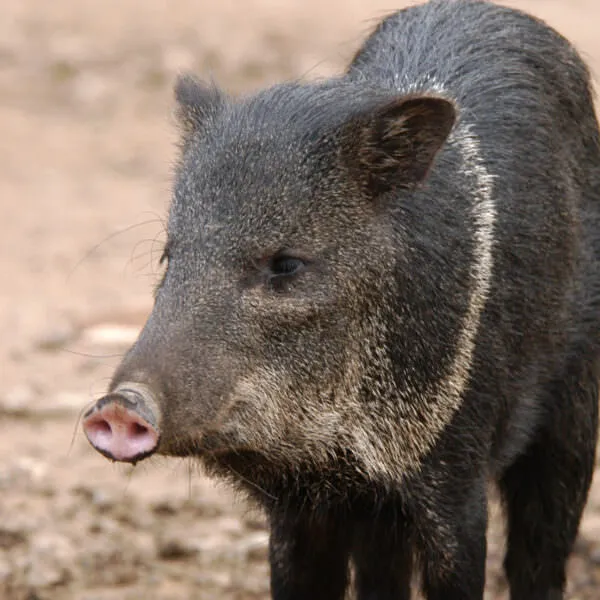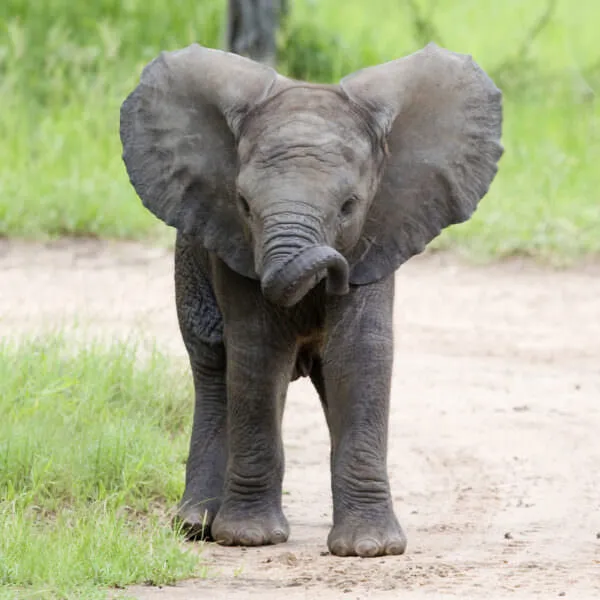Anatomy
Mountain gorillas are the largest living primates on earth! Males can stand 6 feet tall and weigh up to 400 pounds, and females can reach 5 feet tall and weigh up to 215 pounds. Mountain gorillas have muscular arms, a broad chest, large hands and feet, a black coat and features that resemble those of a human being. They can move on their two feet, on all four of their limbs and can also climb trees and even swing from branches. Mountain gorillas, along with chimpanzees, orangutan, and bonobos, are the closest living relatives of humans, with mountain gorillas having the most developed brain of the four.
We're All In
Together, we're building a future where people and nature thrive. Sign up today and join our movement...
Habitat
Mountain gorillas live primarily on the lush mountain sides of central Africa where, for many years, extensive human violence has destroyed the local environment, and consequently negatively impacted the lives of these primates. Today, mountain gorillas mostly live in national parks in Rwanda, Uganda and the Democratic Republic of Congo. Mountain gorillas live in groups of roughly 30, with one dominant, male troop leader called a ‘silverback’ for the silver tint in his coat. The dominant silverback is in charge of coordinating when the troop eats, rests and moves around the group’s home range, and the rest of the group is organized in a complex, evolved social order that points to mountain gorilla’s extraordinary intelligence.
Diet
Mountain gorillas are primarily herbivores and they eat large portions of over 100 different kinds of plants. They do not drink much water because they get most of their needed hydration from their constant consumption of plants.
Threats
The mountainside forests where mountain gorillas live are extremely rich in biodiversity, making them an ideal place to grow crops. This has led to extensive habitat loss and exposure to human violence and disease, both of which have a negative, and sometimes deadly, effect on these close cousins of human beings. Decades of war and civil unrest in Rwanda and the Democratic Republic of Congo have sent both refugees and rebels into the Virunga Mountains region, which is home to more than half of the mountain gorilla population. Due to these factors, a few decades ago, mountain gorillas seemed doomed to extinction. However conservation efforts over the last several years has brought hope to the future of these incredible creatures, though they continue to be critically endangered.
Did You Know
In captivity, mountain gorillas have been able to learn basic sign language!



